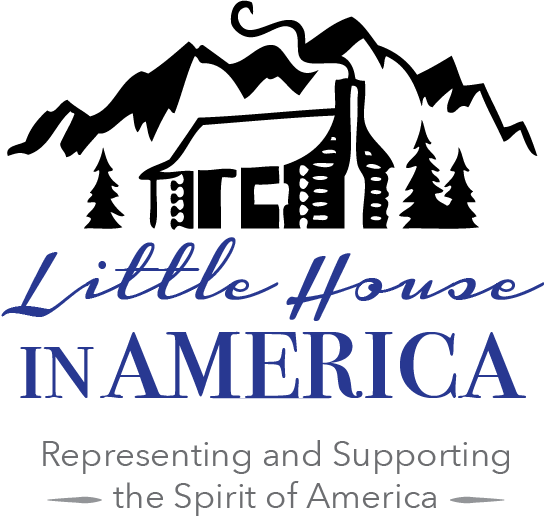My mother stands by the front door of the house she and my father share in the heart of grizzly country.
North of her strong feet and enviable legs, a 30-06 Winchester rests comfortably over her shoulder. A fluorescent fanny pack sits high on her waist and from her gloved fingers, a canister of bear spray dangles insecurely beside her aforementioned adornments.
We however, are a tornado of wide-brimmed hats and handkerchiefs, of sun block and water and finding the right shoes. She will surely look us over when we muster from inside to embark on a rare hike with one of the toughest, most kind-hearted women I know.
She had a grizzly bear come at her a few years ago. The way she tells it, he was big but she was ready. A few yards from her determining stare, the bear stopped, huffed and turned away. My mother never had to shoot, but anyone who knows her can pretty much count on the fact that her trigger finger was at the ready. Anyone who knows her, will also understand that she was happy not to be forced into taking his life that day. I have often thought that when my mother is ready to go, she will morph into Tristan from Legends of the Fall and find that bear one last time.
When we hike with my mother, I recall the barefoot Ecuadorian who led us over the serpentine rocks of the Galapagos Islands while on one of the most eye-opening journeys my parents took us during my teenage years. Walter was a sinewy, tanned athlete who moved like a lissome cat. I envied his lithe movements and territorial command from the soles of his feet. My mother in Grizzly Country, is much the same.
To our left, she points out a large depression in the ground where once she discovered a black bear burrowed for a nap. She steals up a heavily-wooded deer trail with her rifle at the ready because she knows the places they’ve shed their antlers in years’ past. My mother has called-in many a poacher, carried hundreds of pounds of meat during a winter’s storm; she’s nailed more than her share of No Trespassing signs and fixed many fences. She hefts the lids of cisterns like a woman unaware of 70. She drives her pickup like a Monster Truck Driver–it has a winch and a grill, and she uses them both.
But on this particular hike with three of her grandchildren and me, she has found her match, my mom. And it is no grizzly bear or poacher–no sheep hunt or political adversary. He is no wolf or any other predator of livestock, but he is my son. He has challenged her in hour-long duels of time outs, unblinkingly stared face-to face with her at bedtime and mealtime; he has set his brow to match the stubbornness of hers and put his foot down over her own fixed foot like I’ve seen no one else do. He is not yet three years old and refuses to be carried for any duration of our three-hour long excursion through the jarring terrain of some of the roughest and most wild country there is. Just like his grandmother, he is loving it.
So when he looks up from under the rim of his wide-brimmed hat–red-hot cheeks, lucidly blue irises, and into the eyes of my mother says, ” I follow you the whole way G-MA”…the toughest grandmother in Bear Country smiles as big as her face will allow, and knows so clearly through the sudden film of moisture over her own eyes, that her spirit is in no danger of extinction.
